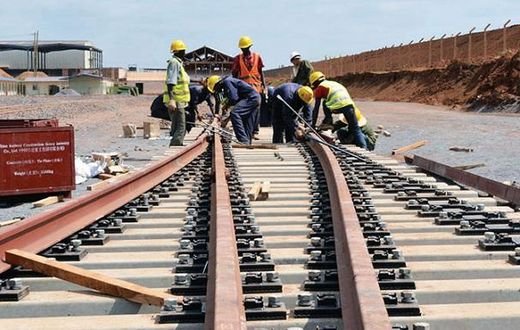Uganda’s Standard Gauge Railway (SGR) project has officially secured financing, paving the way for the long-awaited infrastructure to move into implementation. The $2.7 billion project, covering 272 kilometers from Malaba to Kampala in its first phase, is expected to transform regional transport efficiency and spur economic growth.
According to Perez Wambulu, National Coordinator for the SGR, the government has already released €75 million to kick-start preliminary works while broader financing is finalized. The funding structure has been designed to ensure predictability, affordability, and timely execution. He explained that the government’s contribution accounts for 15 percent of the total financing, while the remaining 85 percent will be sourced through loans from international institutions and export credit agencies.
The financing framework includes 60 percent from Export Credit Agencies, which will provide low-interest, long-term funding for the project, and 25 percent from Development Finance Institutions such as the African Development Bank, the Islamic Development Bank, and the OPEC Fund for Development. The Islamic Development Bank has already pledged €400 million. The Government of Uganda has committed 15 percent, with €75 million already disbursed for groundwork.
Wambulu noted that lessons from Tanzania’s railway project were instrumental in shaping Uganda’s financing approach, ensuring that funds were secured at the lowest possible cost. “We have structured the financing to be predictable, transparent, and affordable, ensuring the project does not stall due to funding gaps,” he said.
Concerns raised about debt levels and the contractor’s capacity were addressed by Wambulu, who emphasized that thorough due diligence had been carried out. He confirmed that Turkish firm Yapi Merkezi, which has a proven track record in large infrastructure projects, is well-placed to deliver on schedule. “The combination of government equity, export credit funding, and support from development finance institutions provides a strong foundation for successful execution. This model allows Uganda to maximize efficiency and local participation while minimizing costs,” he added.
Beyond improving transport efficiency, the SGR is positioned as a catalyst for Uganda’s economy. Up to 40 percent of the project’s resources will be allocated to local contractors, suppliers, and service providers, creating jobs and strengthening domestic industries. The railway is seen as a strategic investment in Uganda’s future, linking the country to regional trade hubs and significantly reducing the cost of cargo transport.
